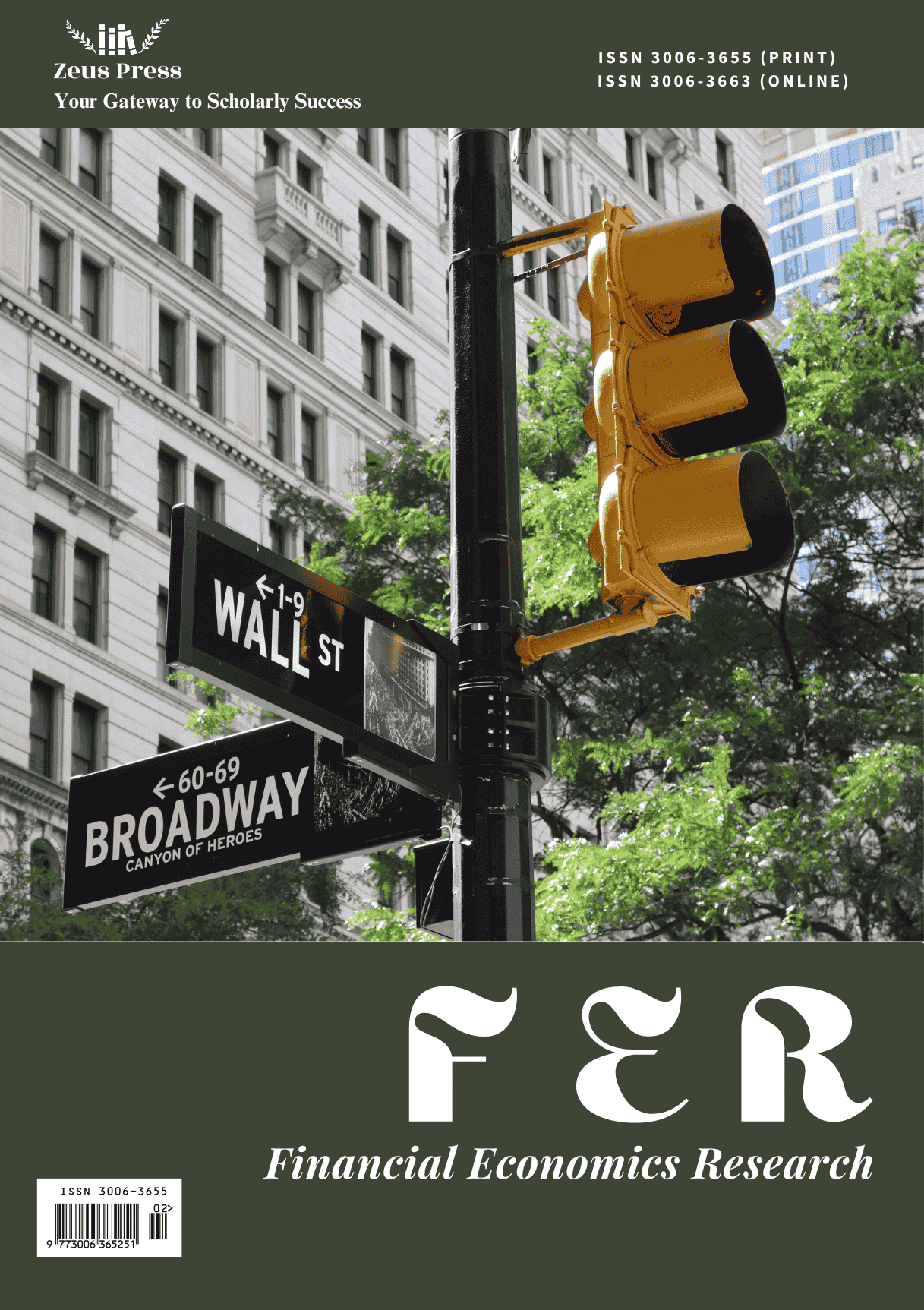From “Traffic” to “Financial Flow”: The Financial Transformation of Bilibili
Main Article Content
Keywords
Bilibili, Traffic, Financial Flow, Financial Transformation, Business Model
Abstract
This paper focuses on Bilibili, a prominent Chinese online platform, and conducts a comprehensive case study and financial data analysis. Given the background of intense competition in the internet content industry, this study aims to explore Bilibili's transformation from a niche ACG community into a traffic-rich platform and its subsequent financial transformation. Through in-depth analysis of its business model, the research reveals that Bilibili accumulated traffic by leveraging unique features such as the bullet-screen function and the contributions of UP masters, as well as content diversification. In terms of traffic monetization, Bilibili adopted strategies including targeted advertising, a membership system, live streaming, e-commerce, and offline events. By 2023, Bilibili's total revenue reached 23 billion yuan, with a diversified revenue structure and improved profitability. However, it also faces challenges such as high content costs, fierce market competition, and the need to increase user payment conversion rates. To address these, Bilibili implemented strategies such as self-produced content, innovative features, and enhanced paid-content experiences. The findings provide valuable insights for the industry on effective traffic-to-financial flow transformation.
References
- Chen, X. (2022). The role of UP masters in Bilibili's traffic growth. Journal of Internet Studies, 15(2), 45-58.
- Liu, Y. (2023). Bilibili's self-produced content strategy and its impact. Media Research Quarterly, 28(3), 77-90.
- Sun, M. (2023). Strategies to improve Bilibili's paid-user conversion rate. E-commerce Review, 33(4), 111-125.
- Wang, L. (2024). Content diversification and user expansion on bilibili. New Media Trends, 40(1), 22-36.
- Zhang, H. (2023). Bilibili's e-commerce and offline business development. Business Horizons, 50(5), 133-146.


